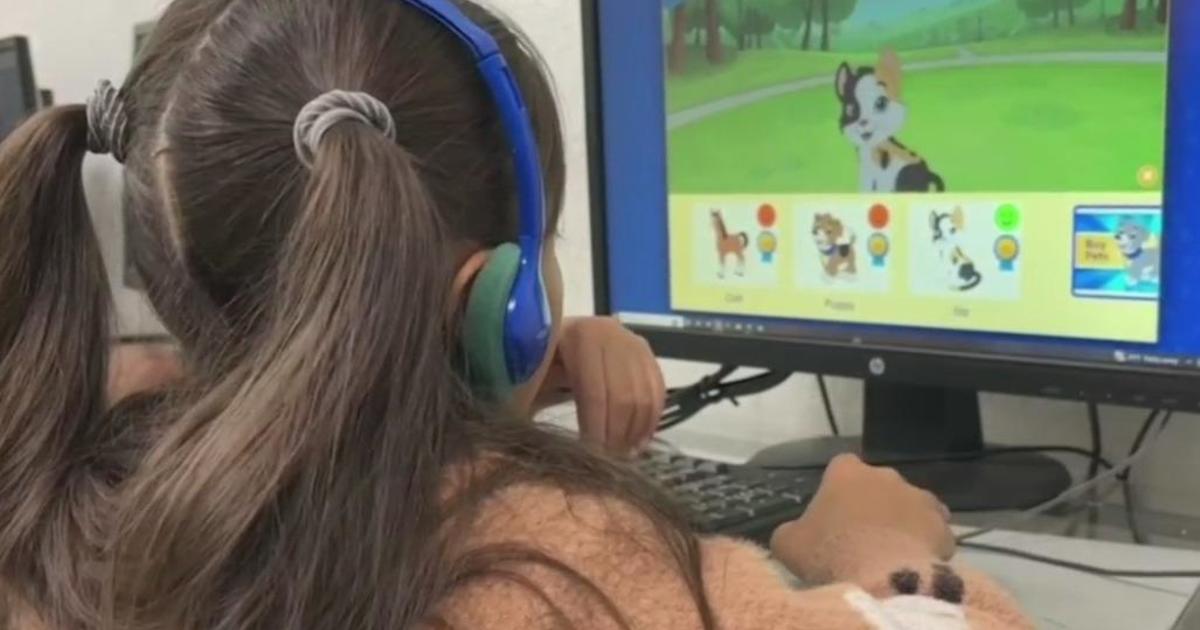The Skinny On Serving Sizes
MIAMI (CBS4) -- When was the last time you counted out a serving of 12 potato chips, or scooped out half a cup of your favorite ice cream? Do you know that's the typical serving size listed on the container? Now, many are calling for the government to make portion sizes on food labels more realistic so that people understand what they're putting in their bodies.
When dad Steve Mulligan sets his family's table, he looks to the nutrition facts panel for help when it comes to counting calories and carbohydrates. However, those numbers are based on one thing: serving size.
"We don't normally use the serving size as a guideline just because it tends to be kind of confusing. Two-point-five this. Three-point-five that," explained Mulligan.
Health experts and advocacy groups agree with Mulligan and want the FDA to revise serving size regulations, which are based on eating behavior surveys from the 70s and 80s.
"People are eating much larger portions than they used to, so these numbers don't really reflect what people are typically consuming in one sitting," according to registered dietician Elisa Zied.
Zied said it makes people think they are consuming fewer calories, fat and sodium than they truly are.
A Center for Science in the Public Interest survey said the worst offenders are ice cream, soup, and non-stick cooking spray. With ice cream, the serving size is half a cup, but most people scoop at least twice that amount, and rack up a day's worth of saturated fat. And who uses cooking spray for the recommended one-fourth of a second?
"You might compare five different kinds of cereal and find that one serving on one package is one cup and another serving might be a half a cup. So that makes it really tricky, and people just don't have the time, or typically don't make the time, to do all the math," said Zied.
Mulligan admits he's one of those people.
"Calculating the calories in multiple servings of something just seems too complicated to do," said Mulligan.
"For the FDA to change anything on the food label is a long and arduous regulatory process. You need to find the science. You need to reach consensus with outside experts," said Peter Pitts, formerly of the FDA.
Pitts admitted he'd like to see food labels evolve but portions are just one piece of the puzzle.
"So the really crucial thing is not to redefine what a serving is, it's just a number, but rather to help educate people as to what the appropriate amount of food they should intake and what kind and when," said Pitts.
In fact, Pitts and Zied agree that changing the serving size is a slippery slope.
"There's potential harm in listing two ounces is a serving of potato chips, versus one ounce, because that might be a license in people's eyes to actually consume more."
The FDA has been looking at revising existing food labels for 6 years but wouldn't comment about the possible revisions.
Mulligan hopes change is on the horizon.
"Nutrition is obviously important in today's society."
For food that is more than a single serving, the manufacturer can decide whether or not to include nutritional information for the entire package.



